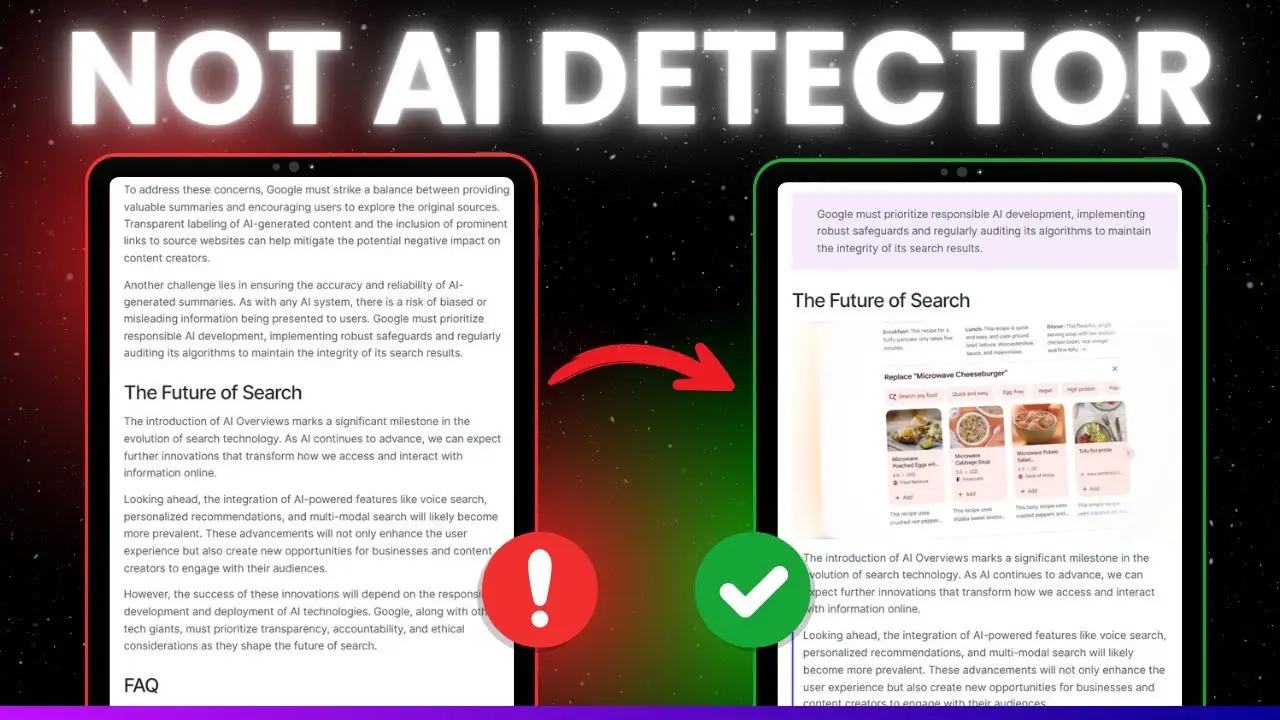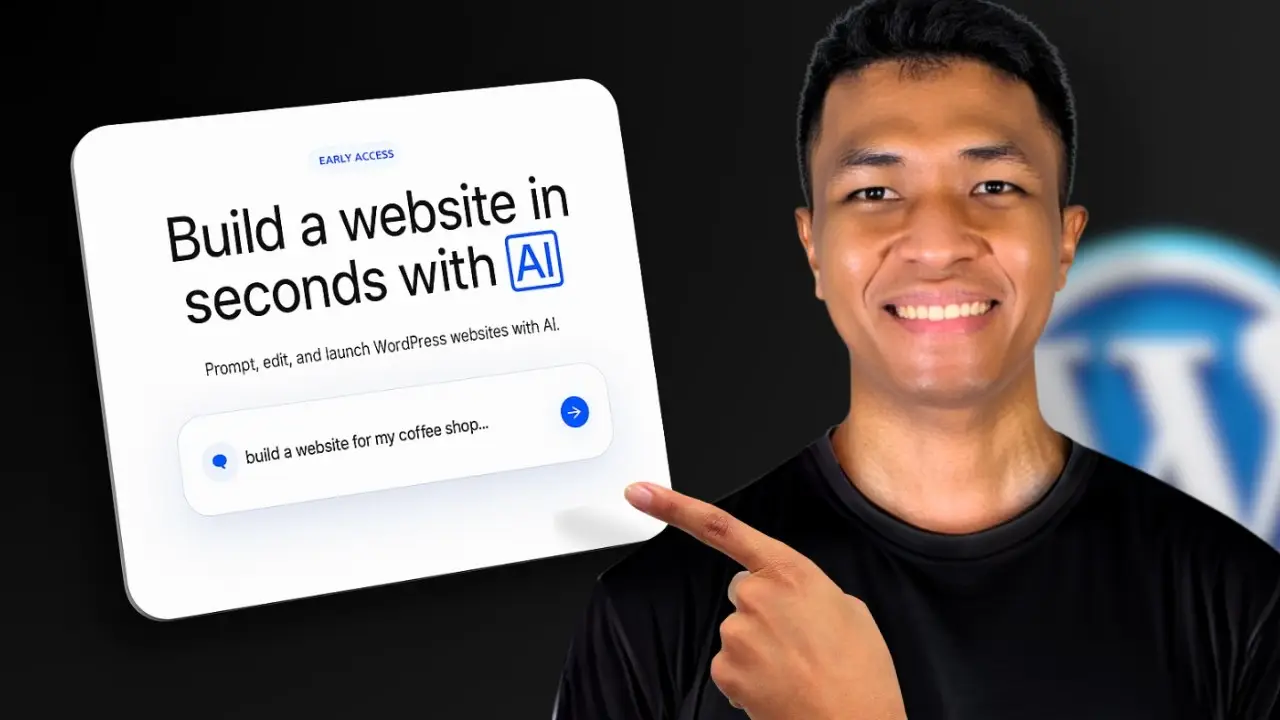- Learn effective techniques to make AI-generated content more authentic and engaging
- Discover the importance of adding personal experiences and visual elements
- Explore ways to improve content presentation and readability
As AI-generated content becomes increasingly prevalent, it’s crucial to know how to humanize it effectively. This guide will walk you through practical methods to transform AI-written articles into engaging, authentic pieces that resonate with your audience. Let’s dive in!
Understanding the Need for Humanization
First things first: humanizing AI content isn’t about fooling AI detection tools. These tools are unreliable, and even Google has stated they don’t differentiate between human and AI-written content. Instead, our focus should be on enhancing the reader’s experience and making the content more valuable and engaging.
I’ve experimented with various techniques, and I can tell you that the difference between a standard AI-generated article and a humanized one is night and day. With just about 10 minutes of effort, you can transform a dull, robotic piece into something that truly connects with your audience.
Method 1: Incorporate Personal Insights
One of the most common suggestions for humanizing AI content is to add your personal opinions or experiences. While this advice is sound, it can be challenging to implement, especially when you’re working with an AI-generated article.
Here’s a practical approach: Instead of trying to weave your insights throughout the piece, consider adding a dedicated section at the end of the article. This method is effectively used by websites like Electrek.co, which covers electric vehicle news. They often include an “Electrek’s Take” section at the end of their articles, providing editorial commentary on the topic.
This approach serves two purposes:
- It adds a human touch to the content
- It boosts credibility and encourages reader engagement
I’ve found that articles with personal insights tend to generate more comments and discussions, creating a more interactive experience for your audience.
Method 2: Enhance Visual Appeal
One area where AI still struggles is in creating unique, relevant visual content. This is where you can really make your article stand out. Adding images, screenshots, or videos not only makes your content more engaging but also improves its SEO value.
When creating content about software tutorials or product reviews, for example, include your own screenshots. These can’t be generated by AI and add authenticity to your article. Remember, visual content is essential for attracting customers and making your website stand out.
Pro tip: If you’re using WordPress with the Gutenberg editor, there’s a quick way to upload screenshots. Check out my previous video on Gutenberg hidden tips and tricks for more information.
Method 3: Fact-Check and Add Reliable Sources
AI models, despite their advancements, can still produce hallucinations – information that isn’t factual or doesn’t exist. This is particularly problematic when it comes to sensitive topics like finance, health, or legal matters.
As a content creator, it’s your responsibility to verify the information in AI-generated content. Here’s what you can do:
- Double-check facts and statistics
- Verify any mentioned studies or reports
- Add hyperlinks to reputable sources
- Include internal links to relevant content on your site
This process not only ensures the accuracy of your content but also improves its SEO value. Adding internal links can boost your SEO efforts and help search engines understand the structure of your website better.
Method 4: Improve Content Presentation
This method is optional but can be a game-changer in making your content stand out. It’s all about making your article visually appealing and easy to scan.
Internet users typically don’t read entire articles; they scan for information that catches their eye. You can take advantage of this behavior by:
- Using quote blocks for important statements
- Placing images and text side by side
- Breaking up long paragraphs
- Adding background colors to certain sections
While this might seem like extra work, many of these enhancements can be quickly achieved in WordPress. You can even save design patterns for future use, saving time in the long run.
The Final Touch: Adding a Crucial Element
There’s one more element that’s often overlooked but is becoming increasingly important in the age of AI. Unfortunately, the video doesn’t reveal what this element is, leaving us with a cliffhanger. However, it promises to be something that can significantly improve your content’s ranking on Google.
Conclusion
Humanizing AI content is not about deceiving AI detection tools. It’s about creating content that truly resonates with your audience. By incorporating personal insights, enhancing visual appeal, ensuring accuracy, and improving presentation, you can transform AI-generated content into engaging, valuable articles that your readers will appreciate.
Remember, the goal is to create content that will attract customers and provide real value. With these techniques, you’re well on your way to achieving that goal.
Lastly, don’t forget to keep an eye out for that crucial element mentioned at the end of the video. It could be the key to taking your content to the next level in search engine rankings.
Happy writing!






